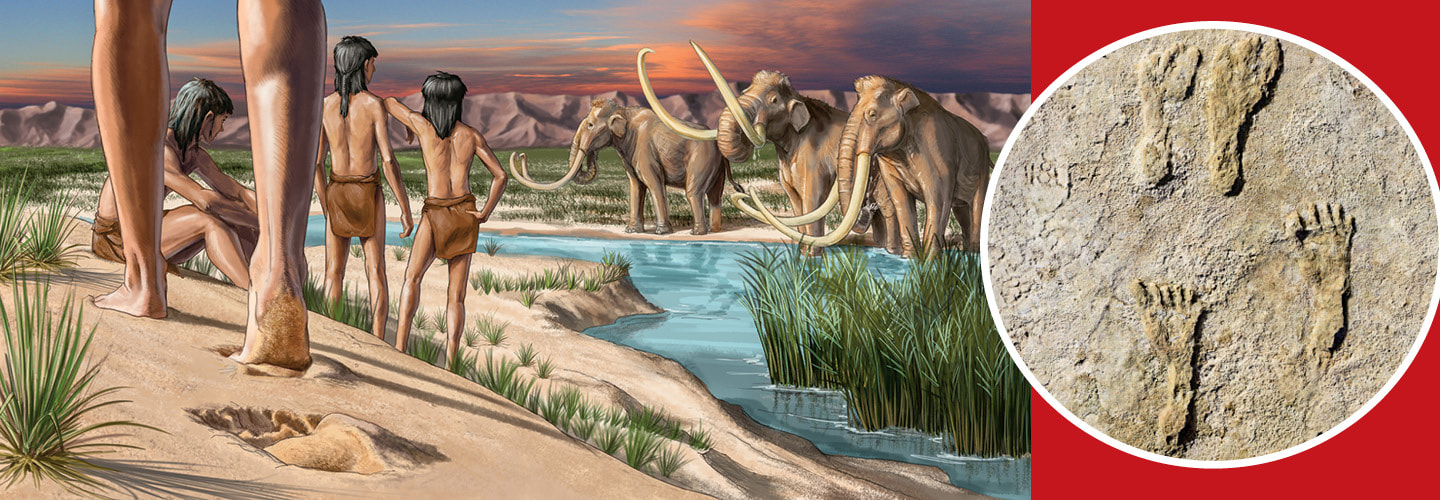Archaeologists have long debated when prehistoric humans spread across the Americas, but the discovery of preserved footprints in White Sands National Park in New Mexico suggests they came thousands of years earlier than many thought. The prints also offer insights into the adolescents who lived roughly 23,000 years ago, researchers say. Scientists noticed that the prints made by children and teens outnumbered those of adults, showing that young people tended to move more. It’s also possible, researchers say, that the teens would have helped adults track creatures such as mammoths and giant sloths. And just like today’s teens, they enjoyed spending time with their friends, as evidenced by the clusters of prints. “These were America’s first teenagers, and they were hanging out together as they do today,” Matthew Bennett, lead author of the study and a professor at Bournemouth University in the U.K., told The Guardian. “The only thing missing then was a smartphone.”

Footprints in New Mexico are providing clues about prehistoric life. (Davide Bonadonna/Bournemouth University (first teens); NPS via AP Images (footprints)
America’s First Teens
Text-to-Speech
